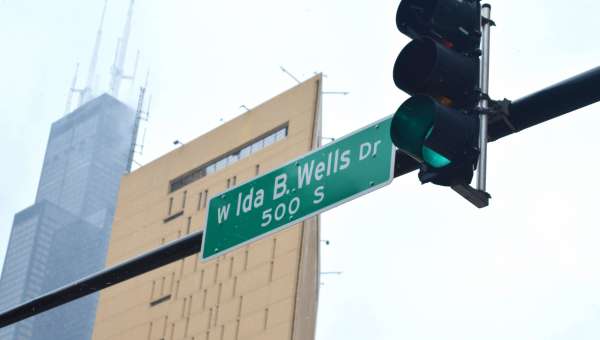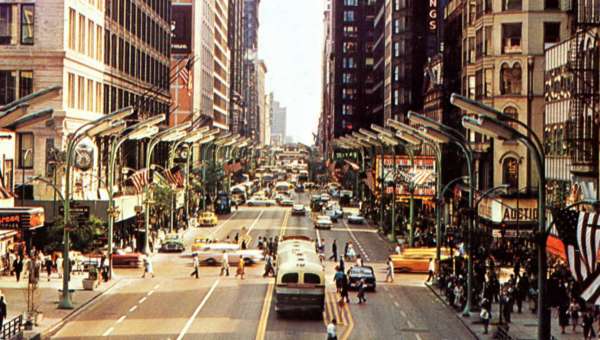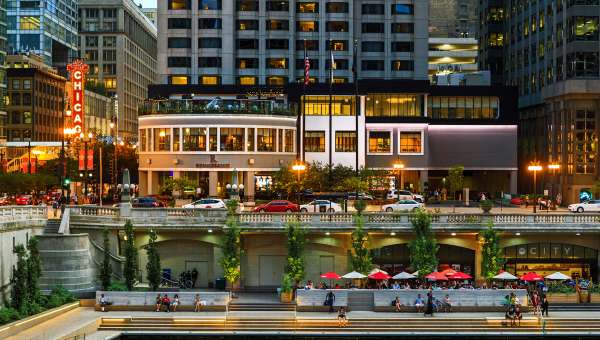Posted 5 years ago in Hotels
Known as the “Hotel of Presidents,” The Blackstone Hotel was the tallest building in Chicago. Although taller buildings dwarfed the hotel over the years, its story looms larger than many skyscrapers.
The Blackstone Hotel was named after Timothy Blackstone, a businessman and politician who was the president of the Chicago and Alton Railroad and founding president of the Union Stock Yard. Blackstone also served one term as mayor of La Salle, Illinois. He built his mansion on the site, where the hotel was later built on by John and Tracy Drake, developers of the Drake Hotel.
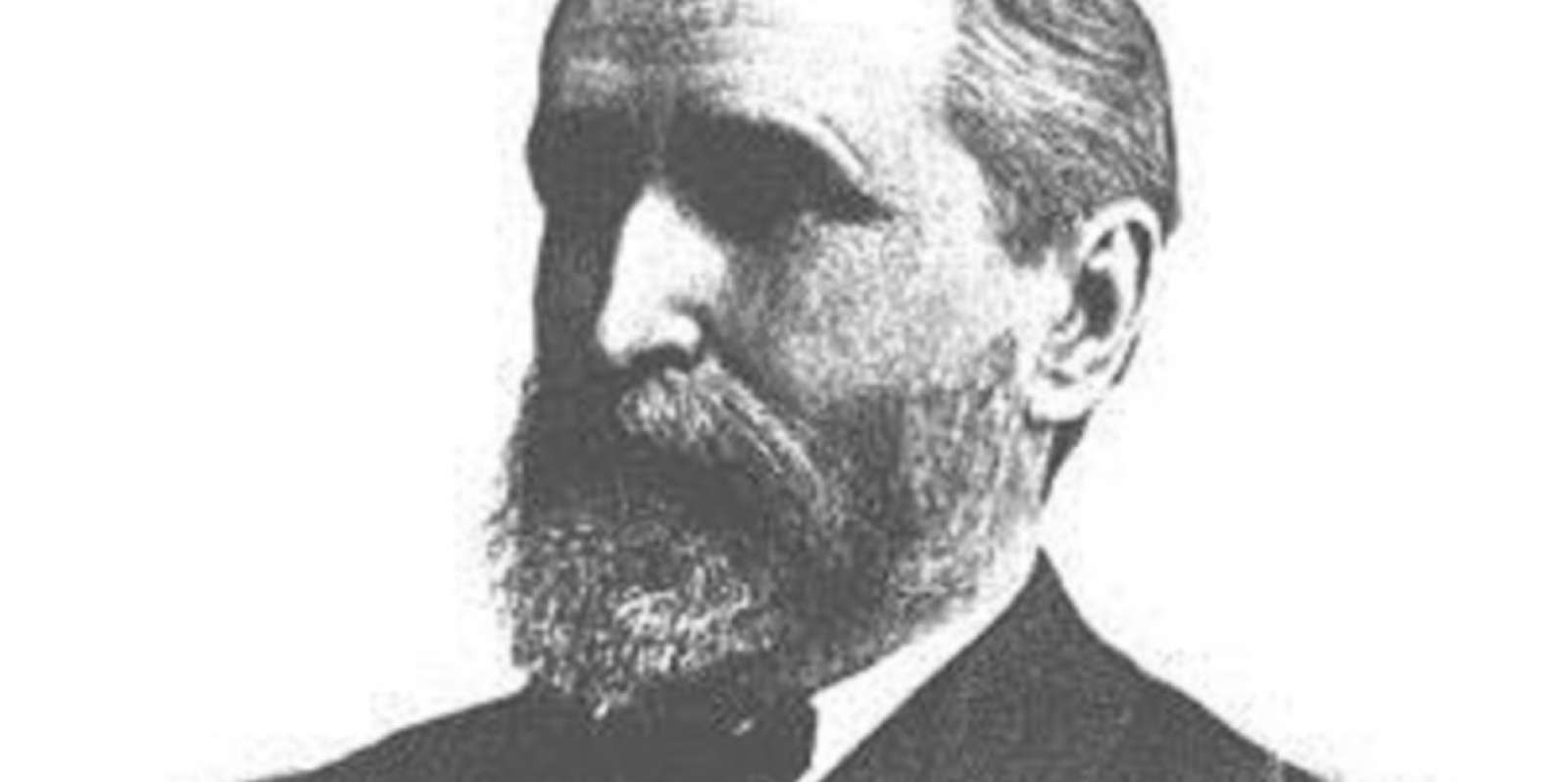
Since opening its doors in 1910, The Blackstone Hotel hosted 12 consecutive U.S. presidents. At this historic hotel, Harry Truman gave his staff a private piano performance of the “Missouri Waltz;” Dwight D. Eisenhower watched his 1952 nomination for president on TV; John F. Kennedy enjoyed Boston Clam Chowder in the Suite of Presidents before rushing back to D.C. to handle the Cuban Missile Crisis; and Teddy Roosevelt and Jimmy Carter stayed here. Beyond U.S. presidents, international leaders including the Chancellor of Germany and the president of Poland also stayed at the hotel.
The Blackstone was also a hotspot for celebrity sightings. Stars like Marilyn Monroe, Louis Armstrong, Lena Horne, Nat King Cole, and Rudolph Valentino frequented the hotel, as were socialites like The Astors, Rockefellers, and Vanderbilts.
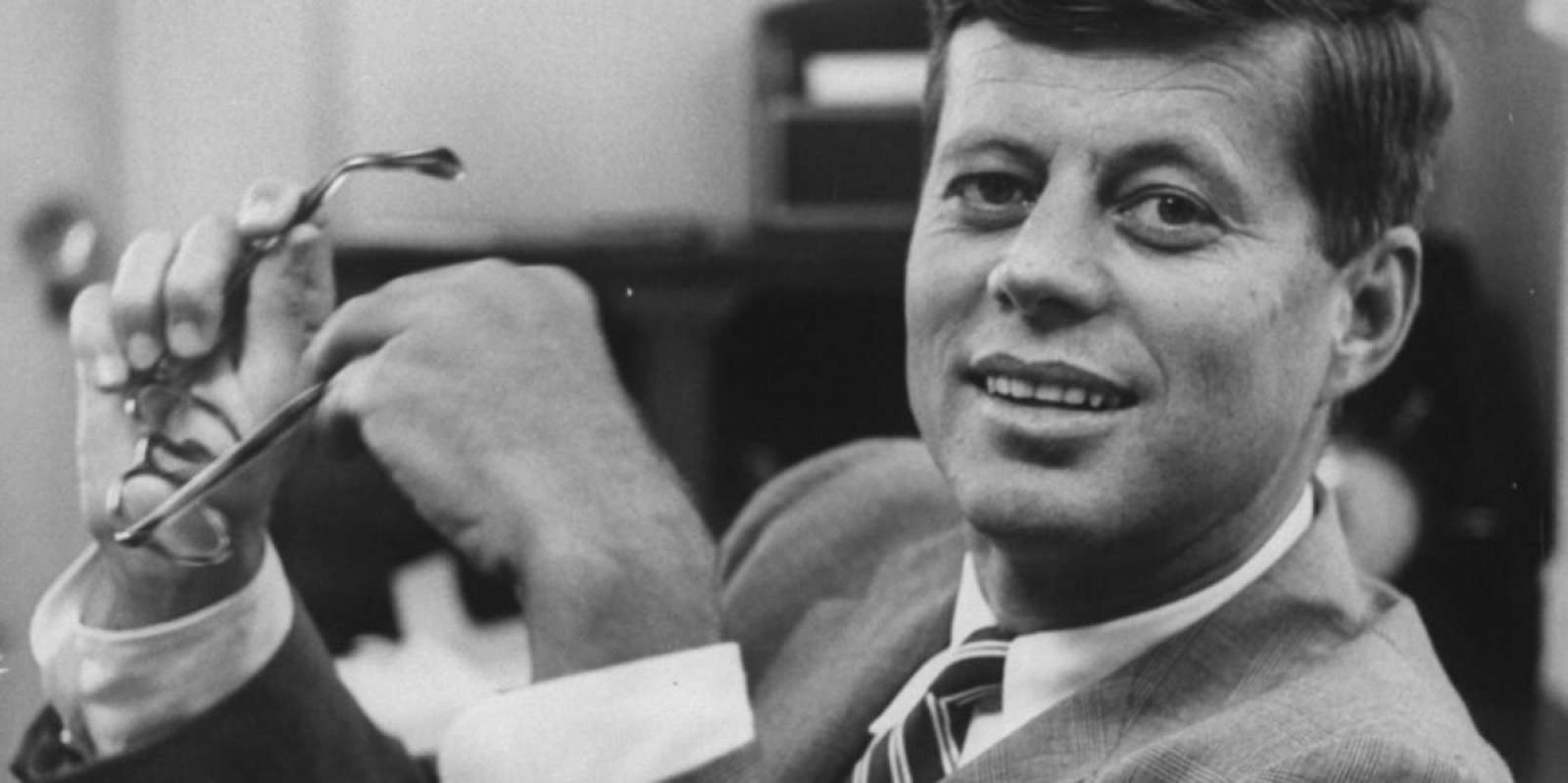
The hotel had a notorious streak, as well. Al Capone, head of the cruelest cutthroats in American history, held meetings while getting his haircut in the windowless barbershop of the hotel. And then, there’s the infamous “smoke-filled room,” a three-room suite where cigar-smoking Republican leaders covertly brokered the presidential nomination of Warren G. Harding during the 1920 presidential convention. The phrase was coined by an Associated Press reporter to describe the nomination process.
The fact that celebrities and politicians favored the Blackstone Hotel wasn’t the only reason for its fame. The location, size, and opulence of the building played a significant role in the hotel’s popularity. Located on a stretch of Michigan Avenue – what we know today as “The Cultural Mile” – the Blackstone Hotel gave easy access to Grant Park, the Chicago Coliseum, and the North American train traffic – the Grand Central Station was only a few blocks to the west.
According to the listing on the U.S. National Register of Historic Places, the structural style of the hotel’s interior and exterior is classified as Second Empire architecture. However, the Landmarks Division of the City of Chicago’s Department of Planning and Development recognizes it as an epitome of neo-Classical Beaux-Arts architecture. Even though there’s no consensus on the style of the architecture, its design has been venerated by architects, politicians, and even presidents.
In 1999, an inspection by the Occupational Safety and Health Administration raised safety concerns, which led to the closure of the hotel in 2000. The hotel underwent a few ownership changes before it was announced in 2005 that the hotel would undergo a $112 million renovation and acquisition deal with Marriott International and Saga Hospitality. The newly restored hotel was reopened in 2008 as the Renaissance Blackstone Hotel.
The hotel was rechristened The Black Stone Hotel in 2017 following a renovation that celebrates its eclectic history with upgraded amenities and rooms. It was transferred from Marriott’s Hotels division to their Autograph Hotels division. Today, guests find time-honored décor and artifacts – like an old-fashioned typewriter in the lobby for guests’ use and a barber’s chair from the time of Al Capone – alongside fresh, modern furnishings.
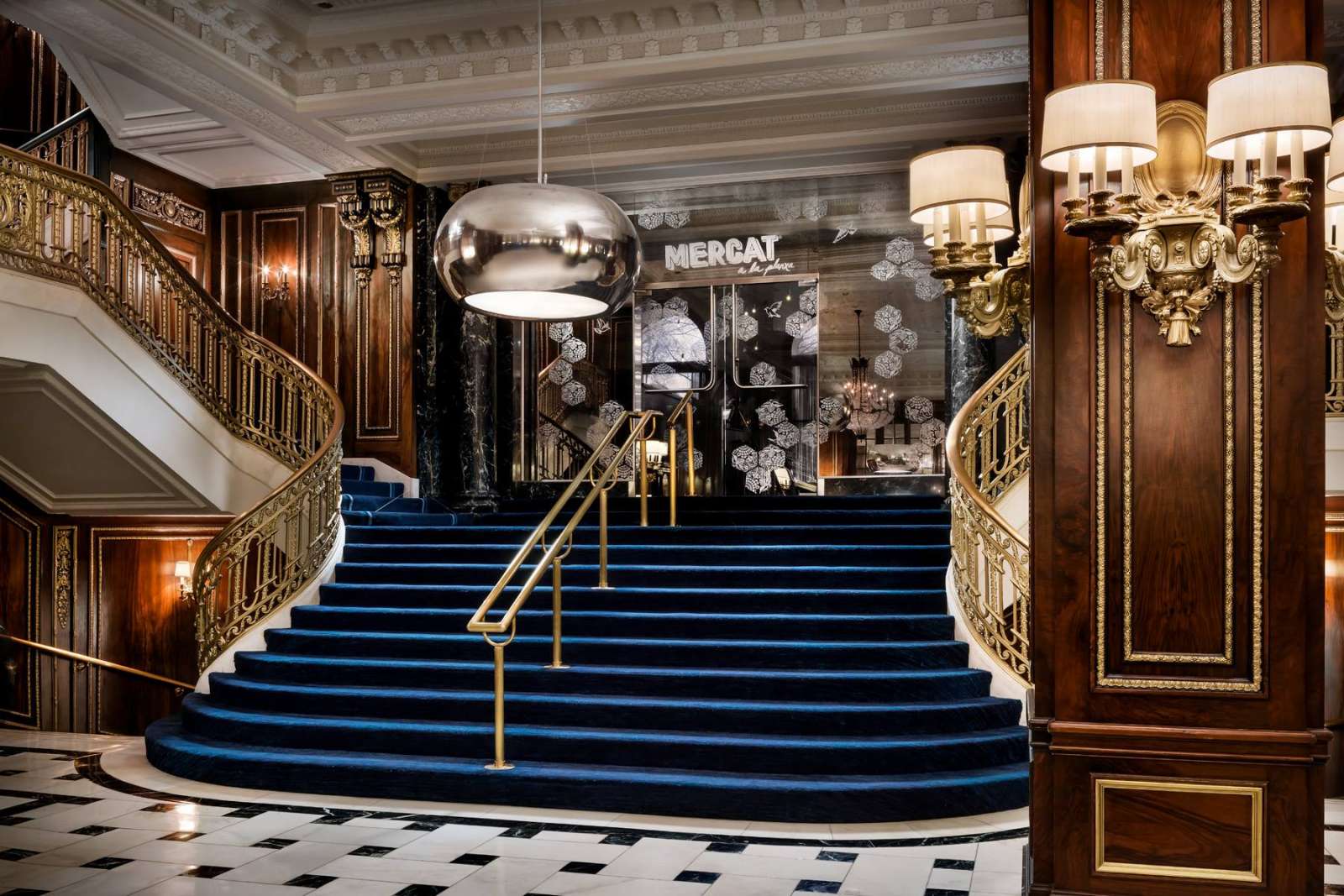
The Blackstone is far from being merely a line on the National Register of Historic Places. Here, guests and locals alike mingle over cocktails at Timothy’s Hutch lobby lounge and the 1600 CLUB, savor authentic Catalan cuisine at Mercat a la Planxa, and stroll the Art Hall, the hotel’s gallery featuring rotating exhibits of contemporary work. But one thing remains the same – and that's the spectacular views of Lake Michigan and Millennium Park from the hotel’s 335 guest rooms.
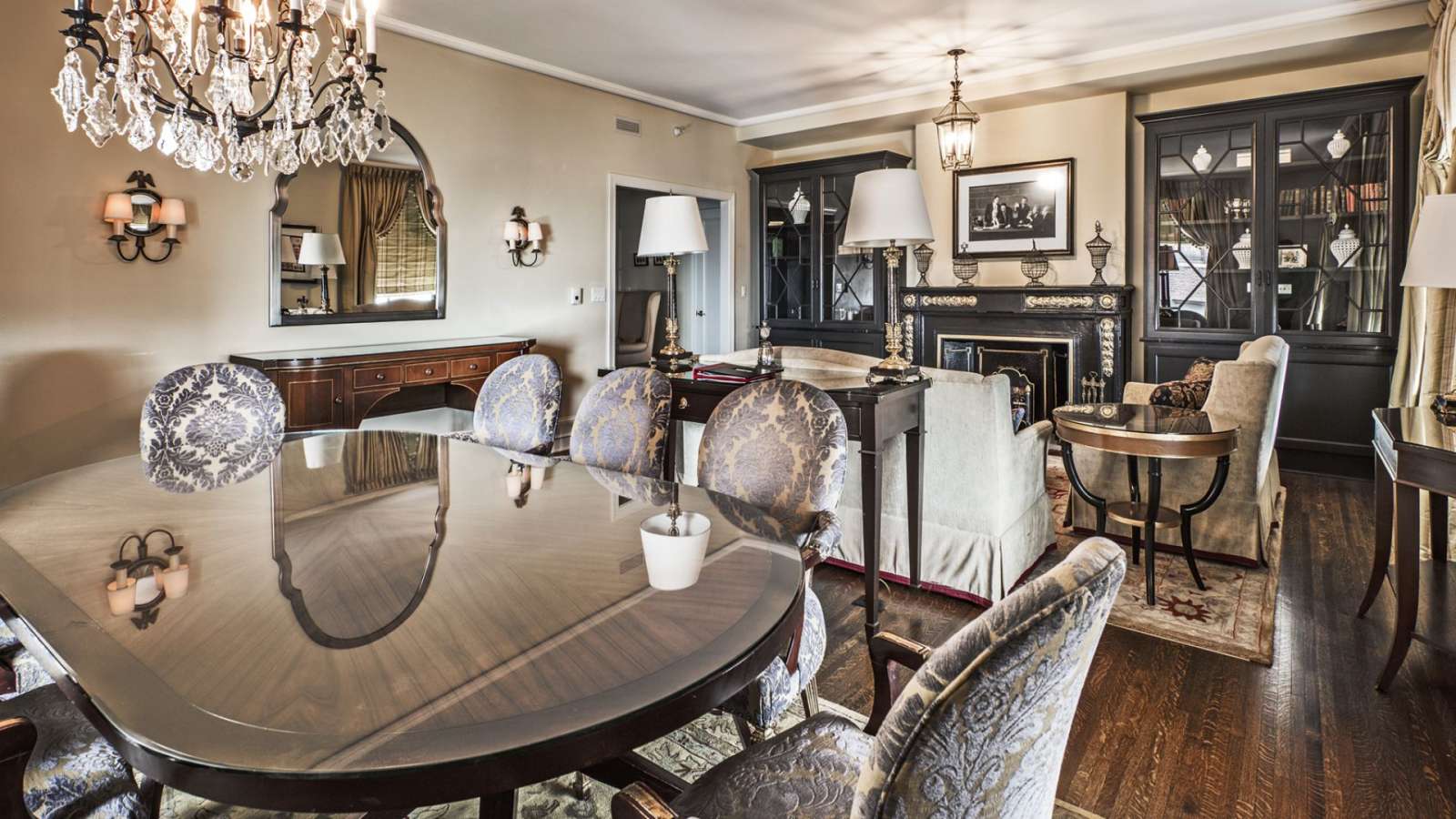
Ironically, the smoke-filled room is smoke-free today. However, it still maintains its charm with commanding views of Grant Park and an aesthetics preserved in its 1920 form, making it feel like the domain of the privileged. Artwork honoring the presidents who’ve stayed there, a formal foyer and powder room, a separate parlor, television room, a dining area for eight, and a luxurious master bedroom makes this room one of the most coveted in Chicago. Moreover, it’s conveniently located in the southern boundary of the Loop, steps away from the world-famous attractions of the city.

